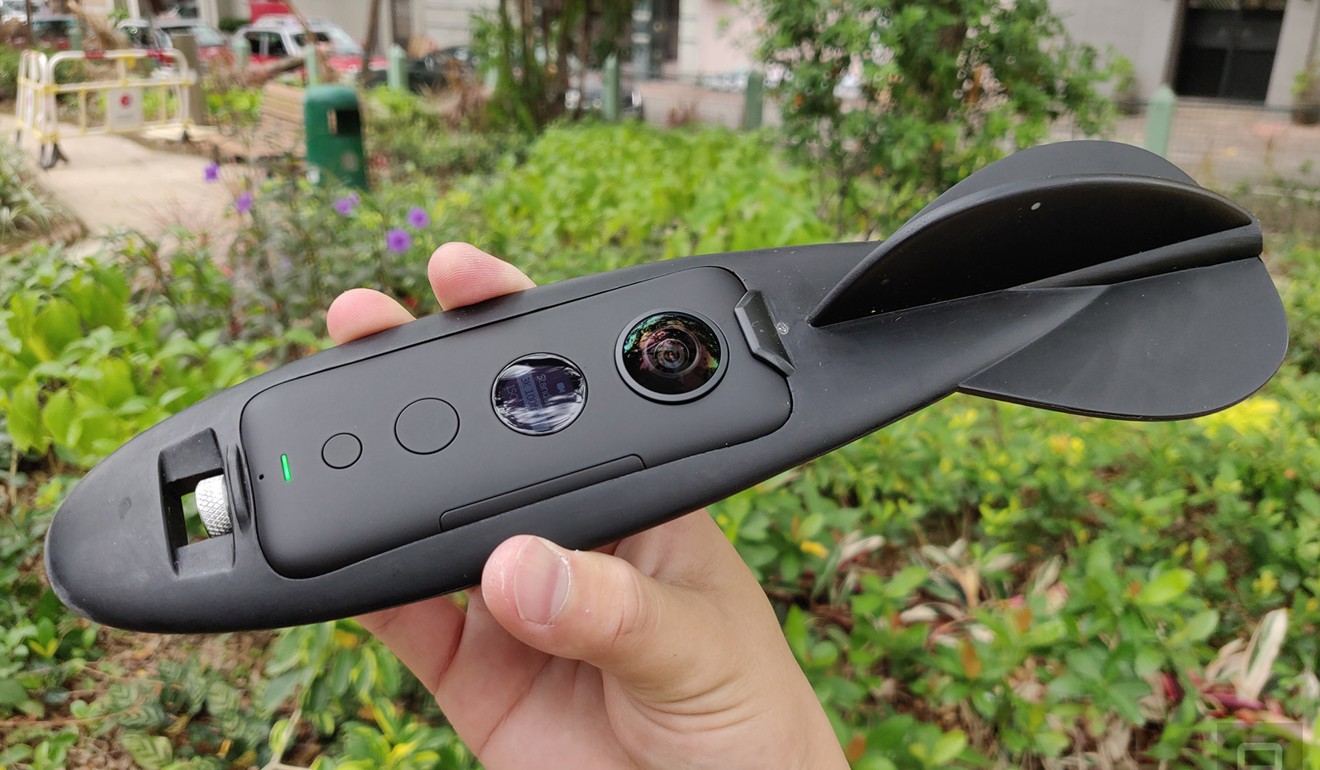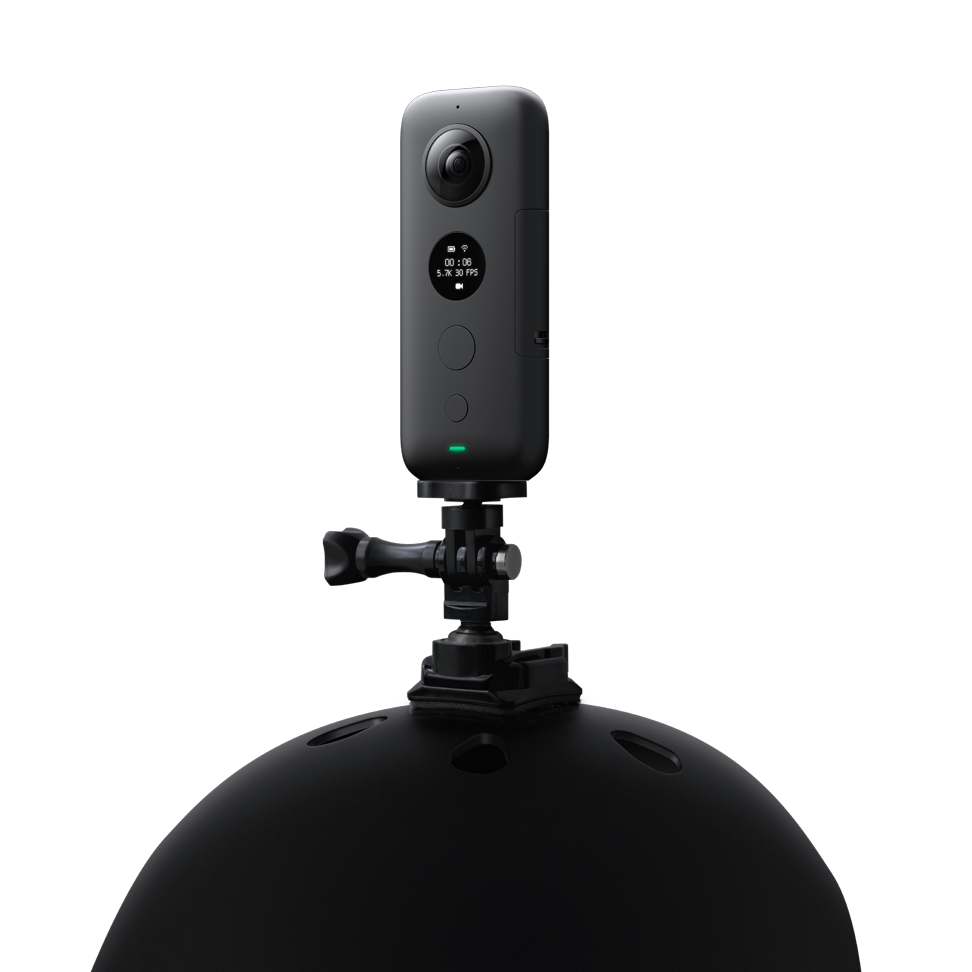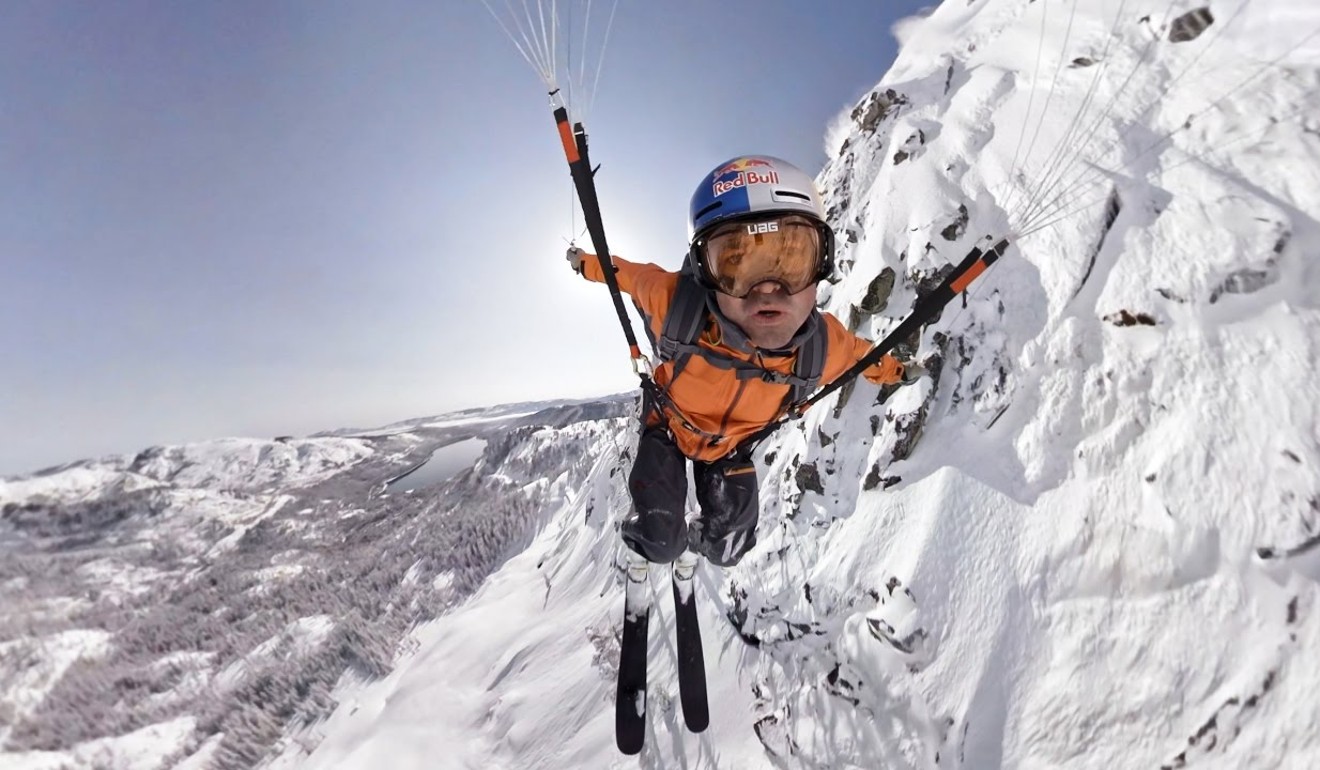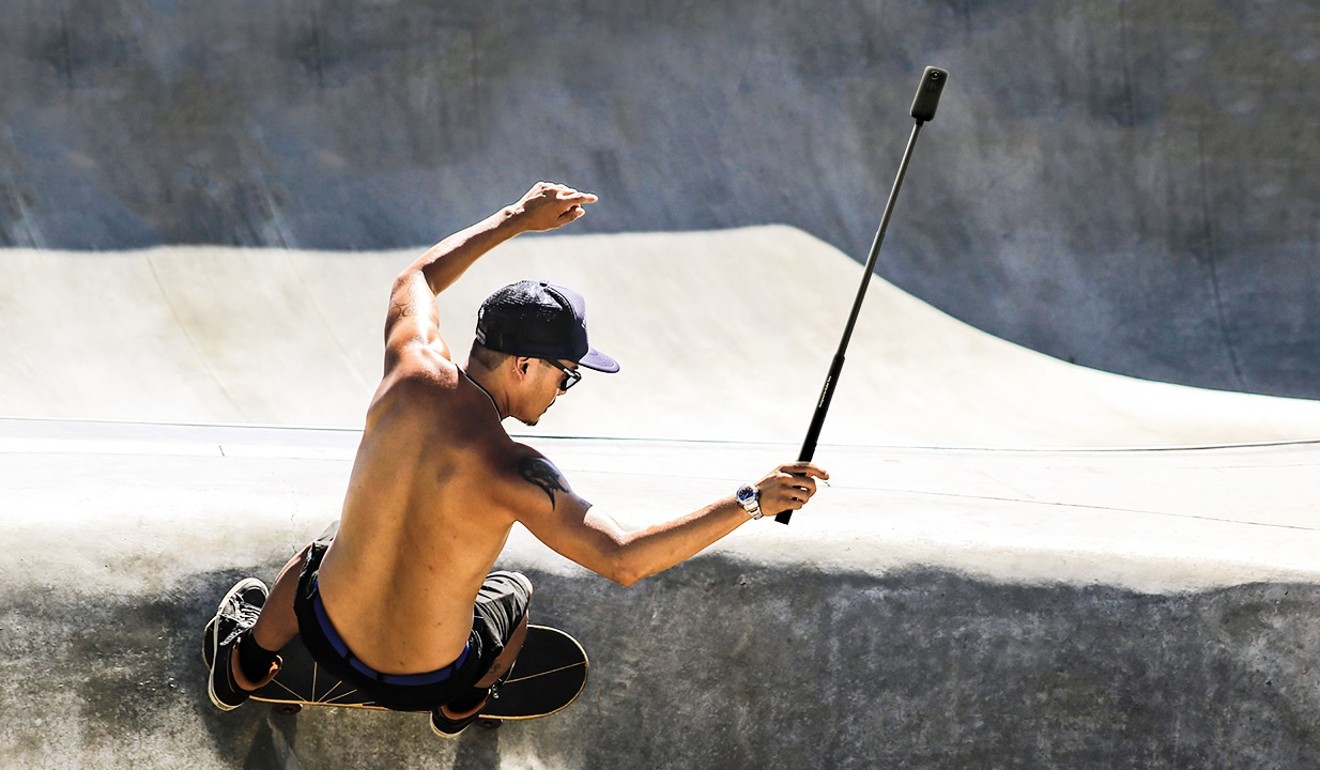
GoPro Fusion vs Insta360 One X: which is the best 360-degree action camera?
- The Fusion is waterproof, has voice control and runs at 5.2K resolution, making it best for shooting outdoors
- The One X has 5.7K resolution and the best editing software, making it best for video
For all the hype around virtual reality, 360-degree action cameras have never really caught on. Why film everything when so few people have a virtual reality headset to watch it with?
So you never miss a thing, that’s why.
The five best 4K 360 cameras around
A new action camera launched recently called the Insta360 One X (US$399) has the same dual fisheye lenses that you'll find on any 360 camera, but its makers claim it’s not really about virtual reality at all.
“It’s counter-intuitive, but for most people, the best use of a 360 camera isn’t creating 360 video,” says Max Richter, head of marketing at the Shenzhen-based Insta360. He says it’s more about creating new filming possibilities.
“You don’t have to point your camera any more – you capture every angle, and then choose the best one after the fact.” Insta360 calls this Free Capture, but it’s not a completely new idea. The impressive GoPro Fusion (US$699) – its main rival in the 360 camera market launched a year ago – calls it “Over-Capture”.

Watch an Insta360 One X clip:
Watch a GoPro Fusion cl ip:
Both relegate the 360-degree format to an insurance policy. Instead of creating virtual reality content, 360 cameras become more about never missing a thing. You can then edit the footage to produce a traditional video – playable on any phone or TV – that focuses on the action.
Richter thinks this ‘film everything worry later’ approach makes a lot of sense for action cameras. “You never know where the most interesting action is going to be, and if you spend your time thinking about it, you’ll distract yourself from enjoying the experience,” he says. “The best moments are unpredictable – who knows what direction the seagull is going to dive in from? – but 360-degree cameras take out the guesswork.”
Is the future of the action camera in 360-degree capture? How do these two 360 cameras compare?

Design and usability
360 cameras are mostly about software, not hardware, but there are major differences between the Fusion and the One X. While the Fusion weighs 226g and is waterproof to 20 metres, the much smaller One X weighs just 115g, but isn’t waterproof.
On the face of it the Fusion wins on usability because of its voice control. “GoPro take a photo” and other predictable instructions might sound handy, but they only work about 50 per cent of the time.
Besides, who wants to shout at their camera while walking down the street? Probably not many of us, though hands-free operation is undeniably a good feature for extreme sports.
If you don’t want to GoPro, here are seven alternative action cameras
Add to that its waterproof design, and the Fusion does seem the better choice for outdoor adventures.
Resolution
There is, of course, one problem with zooming in on a 360 camera’s footage to create a regular rectangular video: resolution.
It’s why 360 cameras are trying to go as far as possible beyond the 4K resolution that most regular action cameras promise. The Fusion has 5.2K resolution, and the One X pushes that further, to 5.7K.
“When you reframe a 360-degree video, resolution is key,” says Richter. “Ordinarily, 5.7K would be overkill, but for 360, it’s just right. You need a lot of pixels to work with, so that even when you crop in on a fraction of them, it still looks sharp.”
It does, but it’s not on the top 5.7K mode that the One X impresses most, but on its far less detailed 3K mode. Since that mode allows 100 frames-per-second (fps) filming (5.7K tops out at 30 fps), it can be used to create slow motion sequences the Fusion cannot produce.
For extreme sports or events, slow motion is a proper pro-grade feature. It’s something that some smartphones have now, so it makes sense for 360 cameras.

Video quality
Both cameras offer incredible new image stabilisation tech that is arguably what could push 360 cameras into the mainstream.
By using gyroscopes that sync all footage to the horizon, everything looks silky smooth. For instance, if you fix a camera to your bicycle helmet and don’t stabilise the footage, it will look very jumpy, jolty and be thoroughly unpleasant to watch. If you film while hand-holding, it can look even worse.
However, with this new stabilisation technique enabled, it’s the cyclist that moves about in the shot, not the shot itself.
Both cameras shoot beautiful 4K video, too, so there’s little to separate them on this front. However, despite claims to the contrary about high ISO and slow shutter speeds, both the Fusion and the One X are poor in low-light, and not able to capture much as dusk turns to night.
Editing options
There’s a simple division here. The Fusion has a basic app that doesn’t allow much editing, but has excellent free software for creating those Over-Capture videos. However, it’s really, really slow (rendering can take many hours).



Although transferring videos to a phone for editing in app can take a long time (and use a lot of battery), the One X has by far the most in-app editing options.
For example, as well as creating a ‘free capture’ video from native 360-degree footage, the One X lets you slow down (Cinematic Slow-Mo) or speed up (Time-shift) the footage at different points, focus on something in particular, and change the perspective.
That slow motion is great for adventure sports, while the speed up helps keep your videos short and shareable, essentially getting rid of the boring parts. You can even upload it straight to Google Street View, or broadcast live in 360. The One X wins in this category.
Battery life
This is the drawback of all action cameras, and nothing much has changed on these two shooters. Neither the Fusion (with a 2,620mAh battery) nor the One X (that has a 1,200 mAh battery) last much beyond an hour, which is frustrating. Sure, you can pop out a dead battery in both of these cameras and insert a fresh one, but how many users are going to buy a second battery?
Conclusion
Neither of these 360 cameras are really about virtual reality. Both have the ability to film in 360 degrees and scale down to shareable, 2D videos that no action camera with one lens could ever hope to capture.


Judged by videography tricks and slick edits, the One X is more impressive. It’s smaller, too, includes all the editing options within an app, and can also broadcast over the internet in 360.
For urban videographers, the One X is an incredible tool. However, since the Fusion is both waterproof and has voice control, it’s the better choice for outdoor adventures despite its more basic videos and app.
However, there’s no getting away from both camera’s major shortcoming: battery life.
The dog with a GoPro that’s got 7,000 Instagram followers and a Twitter account
For semi-pro videographers the One X, for now, is the ultimate 360-degree shooter.

